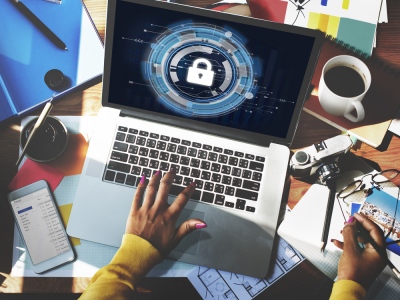
It’s never been more important to keep your computer secure in today’s world. As we continue to put our lives on hard disks, our information is increasingly at risk. Key stroke loggers are particularly harmful; they sit in the background quietly, noting your login details to send back to the hackers who unleashed it.
To stop this from happening, there are a few simple steps you can take to protect your computer. While antivirus is essential, computer security does not stop here. Instead security should be multi-layered as hackers are trying every method possible to bypass your antivirus. Remember, antivirus is only reactive so make sure you implement these proactive approaches.
Patch management software
A software patch is often released by the vendor once a vulnerability has been found. But not all third party programs make you aware this. This means you would have to check every single program manually for a software update. Patch management software scans all of your installed programs and lists any updates that are available.
Update your operating system
Just like programs, operating systems need to be frequently updated for the same reasons – vulnerabilities could let hackers in. But unlike third party programs, Windows will alert you when a new update is available. Be sure to install these as soon as possible as its likely cybercriminals are already using the vulnerabilities.
Wi-Fi
Wi-Fi is often forgotten about, or mistakenly believed to be safe straight out of the box. Changing the SSID and default password is recommended. An experienced hacker can get these details easily. Another vital security measure when it comes to Wi-Fi is to make sure it’s encrypted using WPA2. Its predecessor, WEP, was found to be easily cracked.
Firewall
A firewall is an unsung hero. Like a bouncer outside of a club, it decides whether information can be approved using a set of criteria; if the criteria doesn’t match, it isn’t getting in. This information could be sent from hackers, trying to steal your information and login details. If you are using Windows OS, you’ll have a firewall already installed – just make sure it’s switched on.
This is more of a judgement call, so this will differ from person to person. Emails still claim victims using the same methods that have been used for years – scaring the receiver into action. The subject will usually claim the victim is being charged for an item – something they haven’t bought. Just by opening the email or an attachment, the virus is released.
While these five steps aren’t the be all and end all of computer security, they are the most common ways of receiving a key stroke logger.
Catherine Halsey writes for a digital marketing agency on a range of subjects. This article contains a link to http://secunia.com/products/corporate/csi










Comments